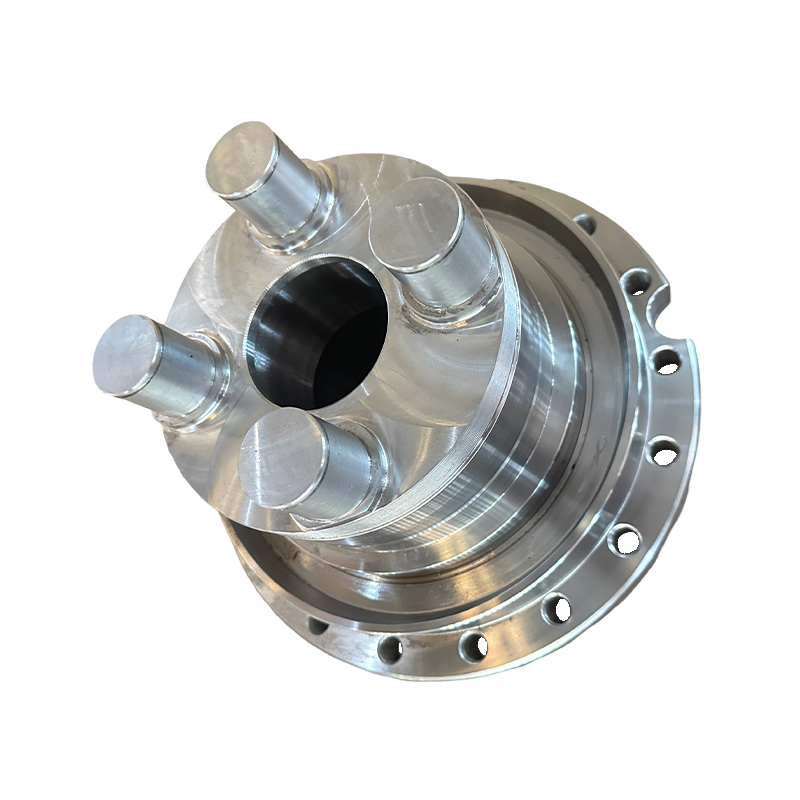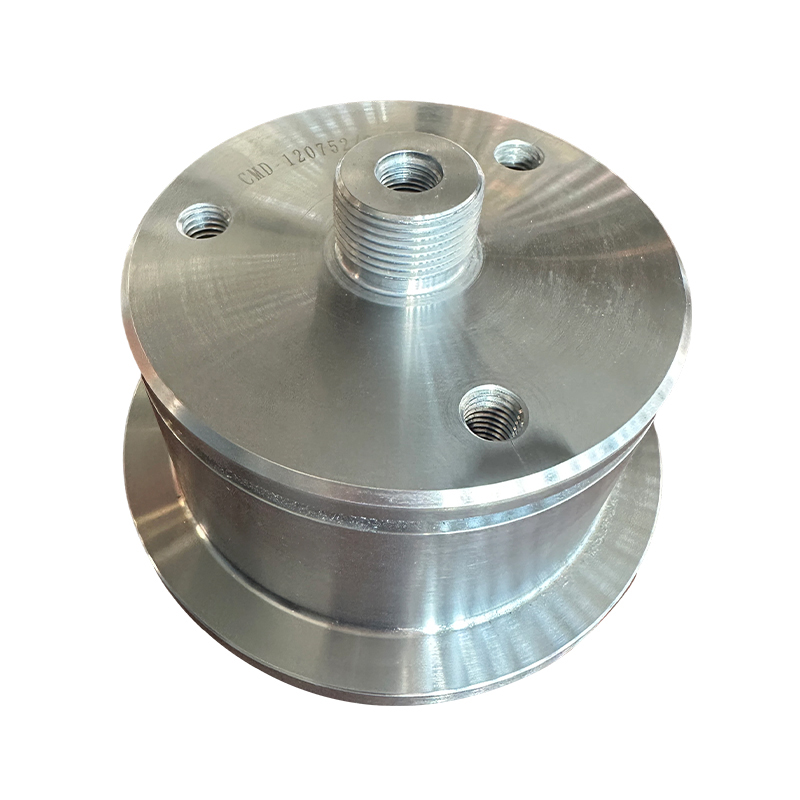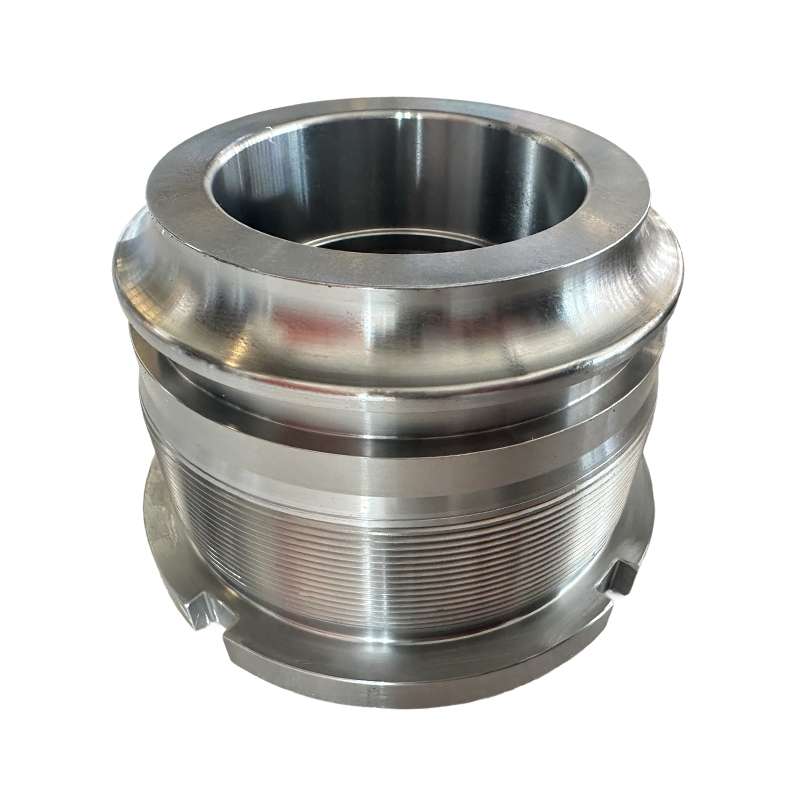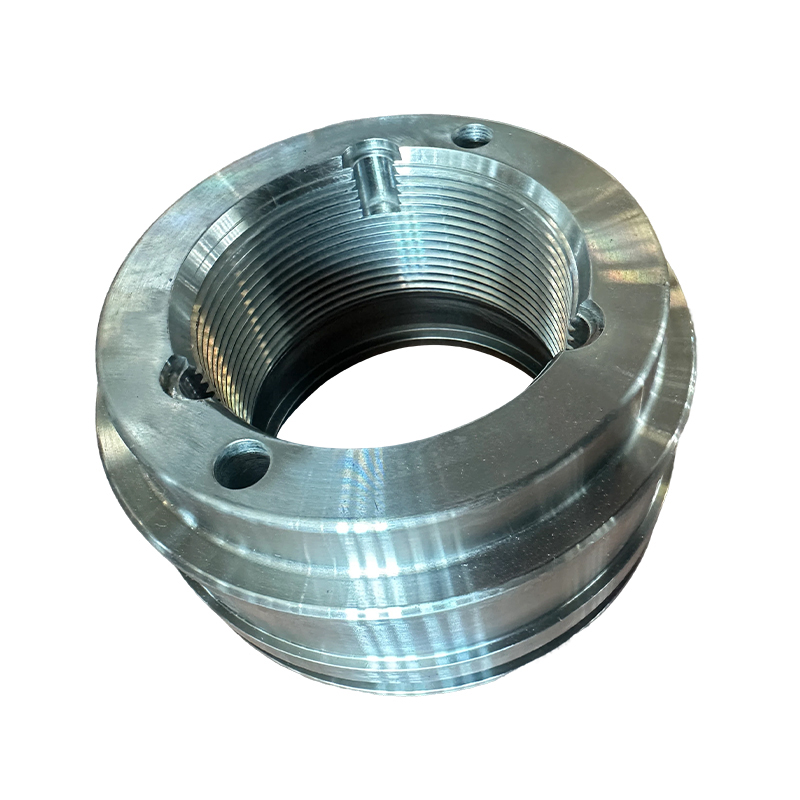How can guide bushings ensure their optimal performance through strict process standards and quality control during the design and manufacturing process?
Release Time : 2025-04-11
As a highly professional component, guide bushings play a vital role in construction machinery. They not only need to have high strength and wear resistance, but also need to be able to work stably under various complex working conditions to ensure the normal operation of the entire mechanical system. To achieve this goal, the design and manufacturing process of guide bushings must follow strict process standards and implement comprehensive quality control measures.
First, during the design stage, engineers will determine the basic parameters of guide bushings, including size, shape, material selection, etc., based on specific usage requirements. Considering that guide bushings are usually used in high-load environments, designers need to fully consider factors such as the pressure, friction, and temperature changes they are subjected to. For example, guide bushings working under high temperature or high pressure conditions may require special alloy materials that have higher strength and heat resistance and can effectively withstand harsh working conditions. In addition, precise design can also ensure that guide bushings have good self-centering performance, which is essential for maintaining long-term stable operation of mechanical equipment.
Next is the choice of materials. High-quality steel or other alloys are usually the preferred materials for making guide bushings because of their excellent mechanical properties and durability. However, the material alone is not enough to ensure the best performance of guide bushings. Advanced processing technologies, such as CNC machining, can ensure that guide bushings achieve extremely high dimensional accuracy and surface finish. This not only improves the accuracy of the guide bushing itself, but also enhances the accuracy of its fit with other components, thereby reducing wear and extending service life.
Heat treatment is also one of the key steps to improve the performance of guide bushings. By performing heat treatment operations such as quenching and tempering on the guide bushing, its hardness and strength can be significantly improved, making it more wear-resistant and resistant to deformation. At the same time, proper heat treatment can also improve the microstructure inside the guide bushing and further enhance its mechanical properties. After completing the heat treatment, strict quality inspection is also required to ensure that each guide bushing meets the predetermined technical specifications.
In addition to the above basic requirements, modern guide bushings may also integrate some intelligent functions, such as condition monitoring sensors. These sensors can monitor the working status of the guide bushing in real time, detect potential faults in time and issue early warning signals. This not only improves the safety and reliability of the equipment, but also provides data support for predictive maintenance, reducing downtime and maintenance costs. For example, if the guide bushing installed in some key parts is abnormally worn or loose, the sensor will immediately notify the operator to take corresponding measures to avoid greater losses.
Finally, finished product inspection is the last line of defense to ensure the quality of guide bushings. All guide bushings produced need to undergo multiple rounds of rigorous testing, including but not limited to appearance inspection, dimensional measurement, hardness testing, and fatigue testing. Only products that have passed these tests can be allowed to leave the factory and enter the market for sale. This comprehensive and meticulous quality control system ensures that every guide bushing delivered to customers can perform well in its expected working environment and provide solid guarantees for the stable operation of construction machinery.
In summary, although the guide bushing is small, its design and manufacturing process is full of challenges. Through rigorous design concepts, high-standard production processes and a comprehensive quality inspection system, it can ensure that the guide bushing can perform at its best under various complex working conditions, becoming an important cornerstone for supporting the efficient and stable operation of various types of construction machinery. Whether it is heavy machinery on construction sites or automated equipment on industrial production lines, high-quality guide bushings are indispensable key components.







